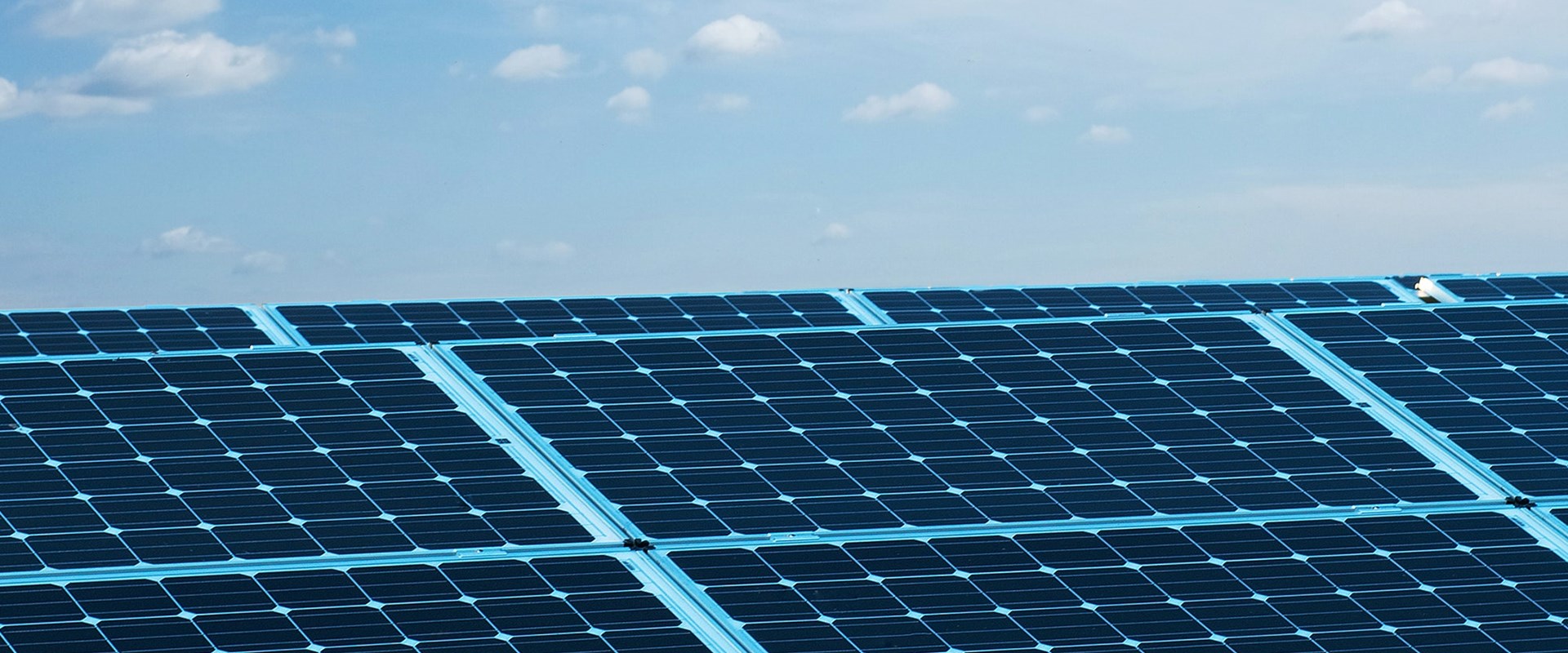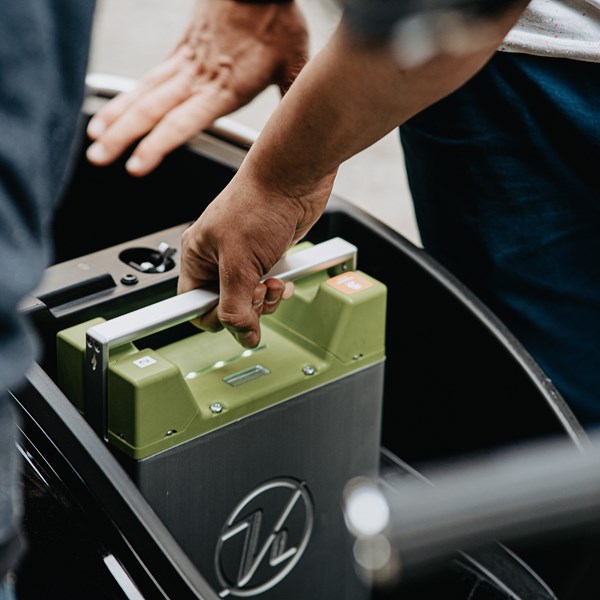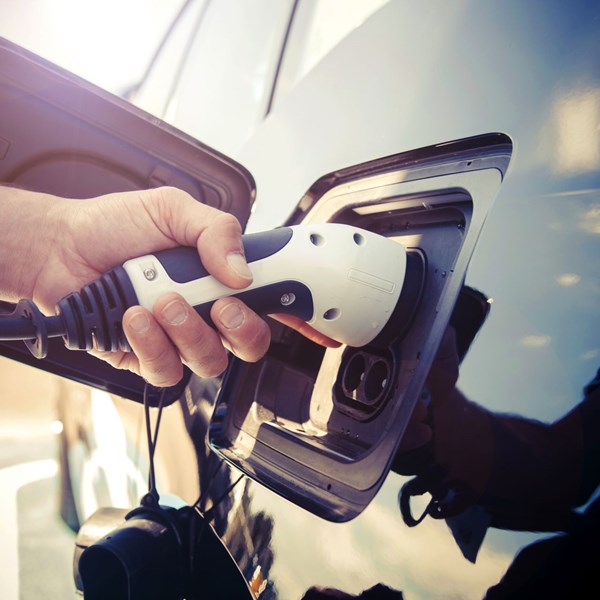Our previous article cast a spotlight on areas of solar photovoltaic, PV, innovation. We now look at the various forms of patent claim available for PV inventions and provide tips for seeking patent protection.
BACKGROUND - TYPES OF PATENT CLAIMS & THEIR SCOPE OF PROTECTION
There are two basic kinds of patent claims - product claims and activity claims:
- Product claims define physical entities such as apparatus, articles, computer program products, devices, objects, and systems of co-operating apparatus, and include substances and compositions.
- Activity claims (process, use) define one or more steps for fulfilling a task or achieving a result.
A computer-implemented data structure, such as a format in which to store information, may also be eligible for patent protection if it is defined by its own technical features.
An independent claim is directed to the essential features of an invention, thus defining the invention in its broadest possible terms. Such claims should not mention any features that are inessential in the sense that a competitor could omit them while obtaining the major advantages of the invention.
On the other hand, a dependent claim includes all the features of any other claim on which it depends (an independent claim or another dependent claim), plus further limitations concerning a particular (preferred) embodiment of the invention.
Delving further, the protection conferred by a claim directed to a product is absolute upon that product: protection is regardless of the way the product is prepared or used.
Process claims, on the other hand, confer protection only as far as the product(s) obtained directly by the process. Such protection may be the only form available if the process is patentable, but the product is known.
The following examples place this background in a context for PV innovators.
EXAMPLES OF PATENT CLAIMS FOR PHOTOVOLTAIC INVENTIONS
1. The invention lies in a substance or composition, such as for a light absorbing layer or a device encapsulation layer.
The independent claims in this scenario should at least cover the substance or composition because this is where the essential features of the invention lie. A patent claim could define the substance or composition and how it is to be used, although such a claim is arguably too narrow, at least at the outset of seeking protection.
The following claims are also applicable:
- An independent method claim directed to preparing the substance or composition.
- An independent method claim directed to use of the substance or composition in the manufacture of, e.g., a PV device.
- A so-called ‘pseudo-independent’ claim1 to a product comprising the substance or composition in the relevant form (e.g., a PV cell comprising a light absorbing layer, wherein the light absorbing layer comprises the substance or composition).
- Dependent claims for each of the above cases to introduce progressively more detailed features of the invention.
2. The invention lies in a process, such as for manufacturing a PV device.
Whereas the first example considered product innovation first and foremost, this second example considers activity innovation. The independent claims in this scenario should therefore at least cover the core (i.e., essential) method followed by, if applicable, an apparatus especially adapted to the method.
The apparatus could focus on the machine used to perform the special method. Alternatively, the apparatus could comprise the product obtained by following the process. However, claims defining a product and the process steps to make it are, at least in Europe, construed as a claim to the product as such. The technical content of the invention lies not in the process, but rather in the technical properties imparted to the product by the process. Therefore, you should be able to distinguish a product made by the special process from one that is not based on an examination of the product.
Nonetheless, and as before, pseudo-independent as well as dependent claims remain applicable to cover the method output so obtained (unless the output is already known) and more detailed aspects of the invention, respectively.
3. The invention lies in software, such as for solar tracking, fault detection within a PV array; AI-based inventions are also relevant here.
Although a computer program as such is excluded from patent protection, software that makes a technical contribution falls outside of this exclusion and so becomes eligible for patent protection2,3.
Accordingly, independent claims for PV software innovations should focus on the underlying computer-implemented method, in addition to an apparatus or system specifically configured to perform the method, and a computer program product (computer-implemented data structure if applicable) comprising instructions for performing the method when executed by a computer.
As with the preceding examples, dependent claims for covering additional details of the software invention remain applicable.
HOW TO MAXIMISE PATENT CLAIM COVERAGE FOR A PV INVENTION
As our previous article highlighted, PV innovation is a rich, multi-disciplinary technology field that encompasses a wide range of PV technologies alongside digital (including smart) innovation and sustainability innovation.
Given the discussion above, identifying a PV invention should also be open to its various aspects. For example, at the outset of ‘invention spotting’ relevant considerations for those seeking to protect their PV invention include:
1. Where the core of an invention lies: in a product, an activity, or both a product and an activity.
For instance, if activity-based innovation is taking place, is innovation also taking place on a product, such as manufacturing hardware?
2. Given that digitalization is a driving force for innovation more generally, does the PV invention include a software contribution?
In our view, assessing the extent of a PV invention supports the preparation of a broad, comprehensive claim set (and by extension a broad, comprehensive scope of protection at the outset of patent prosecution). Moreover, a clearer picture can be obtained for devising an overall IP protection strategy that aligns with commercial objectives, including whether additional (or alternative) forms of IP protection should be pursued.
Please note that this article is provided as general comments only on a certain part of a patent specification. If you have queries on patenting a specific PV or cleantech innovation, or want to find out more about how your IP can help you create commercial value feel free to contact any of our energy and cleantech team.
In our next article we will look at some of the technical challenges facing PV innovation.
FURTHER READING
- That refers to the main independent claim in the context of a corresponding category of claim.
- The related exclusions from patentability of schemes, rules and methods for performing mental acts as such and mathematical methods as such are also pitfalls to avoid here.
- For further information on IP for software please visit our software hub here.






